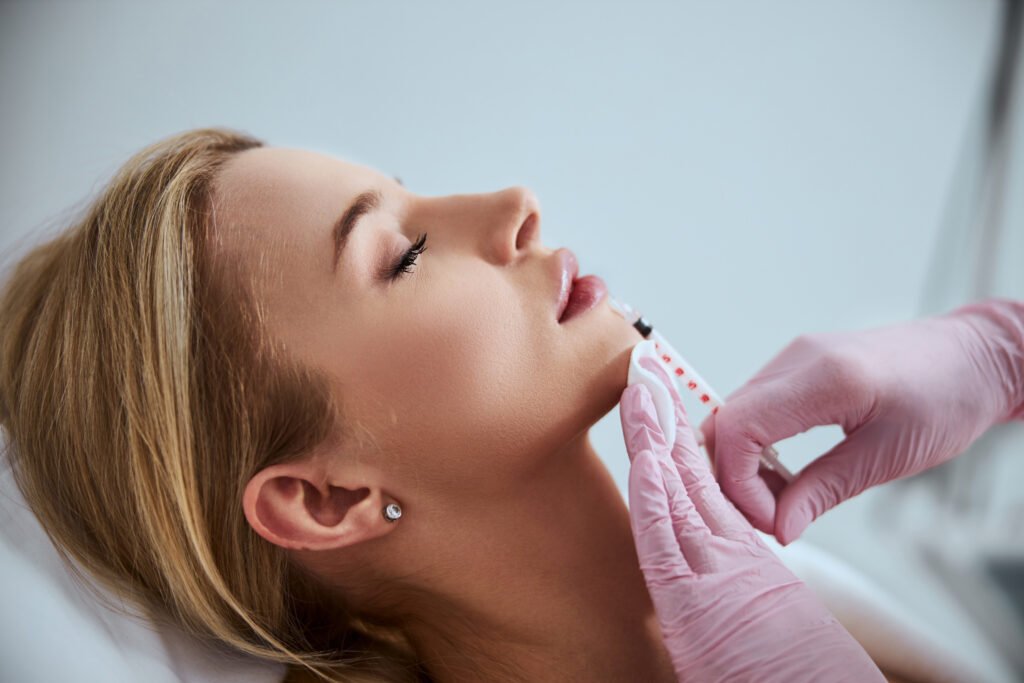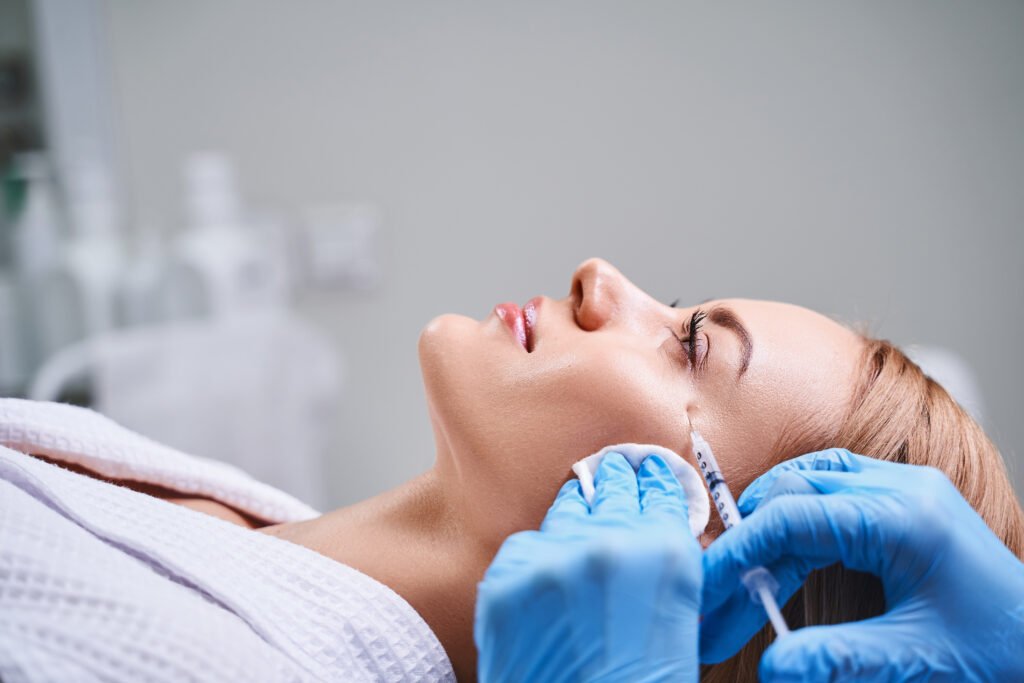While cosmetic treatments have gained massive popularity over the years, there’s still some confusion surrounding the myriad of options available. Two treatments that are often misunderstood or used interchangeably in conversation are Botox and fillers. However, these treatments are distinct, both in their composition and their function. Let’s dive deep into their differences.
What is Botox?
Botox (short for botulinum toxin) is a purified form of a neurotoxin derived from the bacterium Clostridium botulinum.
Purpose: Botox works by blocking nerve signals in the muscles where it is injected. When those muscle fibers are inhibited, they can’t contract. The result? A reduction in the appearance of dynamic wrinkles, those lines that form from repetitive facial movements like frowning or smiling.
Common Treatment Areas:
- Forehead lines
- Crow’s feet (lines around the eyes)
- Frown lines between the eyebrows`
- Bunny lines: lines on the sides of the nose
- Lip lines: vertical lines above the upper lip
- Chin structure: Botox can be used to relax the muscles in the chin that cause an “orange peel” texture.
- Platysma bands: vertical bands in the neck
- Eyebrow lift: Botox can be strategically used for a non-surgical eyebrow lift.`

What are Fillers?
Dermal fillers, often just called “fillers,” are gel-like substances that are injected beneath the skin. They can be made of various ingredients, but the most common fillers are made of hyaluronic acid, a substance that naturally occurs in our skin.
Purpose: Unlike Botox, fillers don’t affect muscle movement. Instead, they work by filling in areas that have lost volume or by stimulating the body’s collagen production. This helps in smoothing static wrinkles (those present even when your face is at rest) and restoring lost volume in the face.
Common Treatment Areas:
- Cheeks (to restore or enhance volume)
- Lips (for enhancement)
- Under the eyes (to treat hollows)
- Nasolabial folds (lines from the nose to the corners of the mouth)
- Marionette lines (lines from the corners of the mouth down towards the chin)

Key Differences:
- Mechanism of Action:
- Botox: Relaxes the muscle to reduce the appearance of dynamic wrinkles.
- Fillers: Adds volume or stimulates collagen to fill in wrinkles and enhance facial features.
- Duration:
- Botox: The effects typically last 3-6 months.
- Fillers: Depending on the type and where it’s used, results can last anywhere from 6 months to 2 years or more.
- Reversibility:
- Botox: Effects wear off over time, and there’s no way to “reverse” a Botox treatment.
- Fillers: Some (particularly those made of hyaluronic acid) can be dissolved with an enzyme called hyaluronidase if the results are unsatisfactory.
- Risks:
- Both treatments come with their own set of risks, such as bruising, swelling, and asymmetry. However, with Botox, there’s the rare potential for the toxin to spread, causing muscle weakness elsewhere. With fillers, there’s the potential for lumpiness or infection. Always consult with a qualified professional before undergoing any treatments.
Conclusion
While Botox and fillers serve aesthetic purposes, they function differently. Botox is all about relaxation of muscles to prevent dynamic wrinkles, while fillers aim to restore volume and tackle static wrinkles. It’s important to understand these differences when considering cosmetic treatments and to consult with a doctor to determine which is right for your needs. Remember, when administered correctly, both treatments can offer natural-looking results that enhance one’s beauty without drastically altering appearance.



